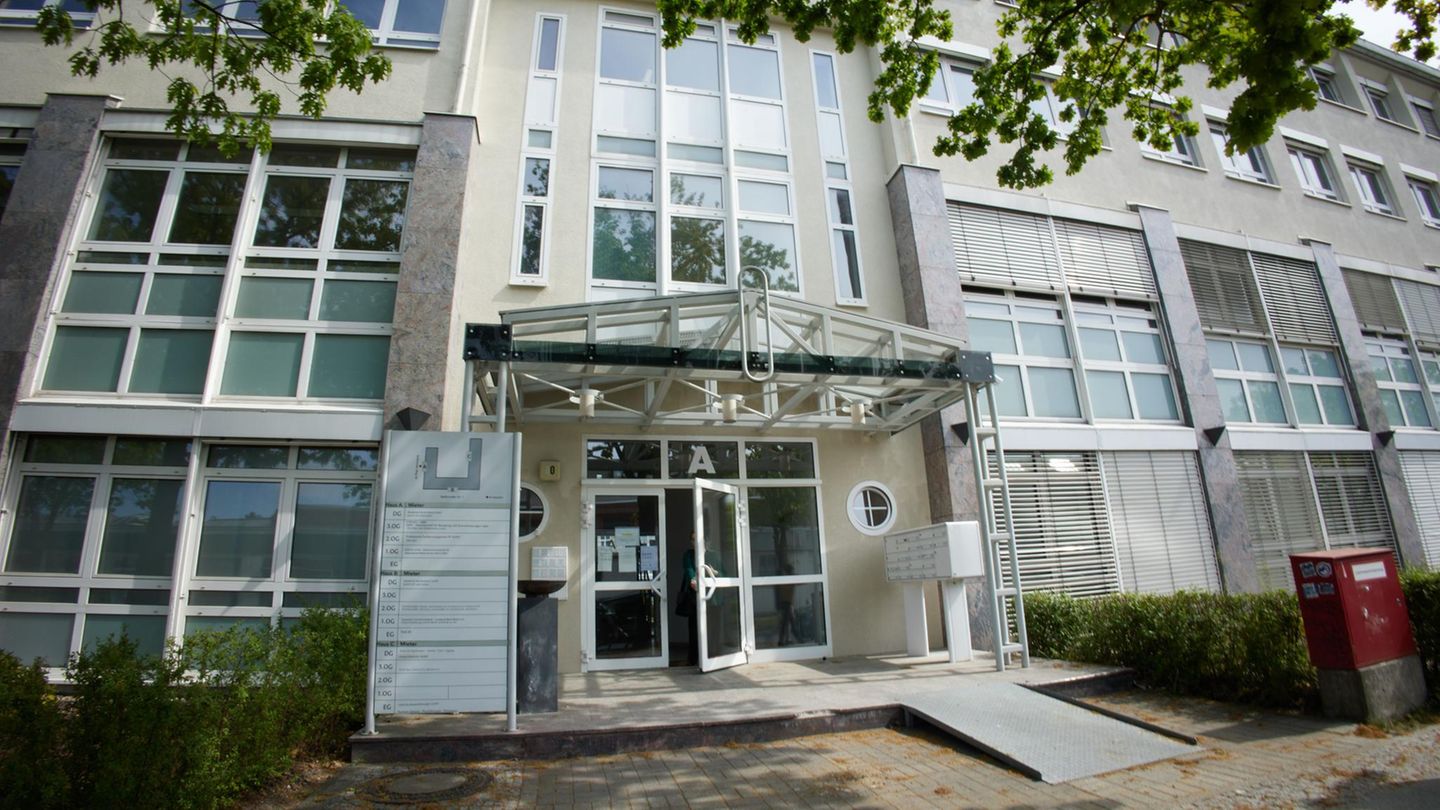The third day of the GDL strike at the railway is beginning, and once again major restrictions are to be expected. After the industrial dispute, is there now progress at the negotiating table?
The end of the railway strike is slowly approaching: the train drivers’ union GDL wants to go on nationwide strike against Deutsche Bahn and the railway company Transdev until 6 p.m. However, cancellations and train delays are likely to continue in the hours afterwards. The federally owned company announced that the railway’s emergency timetable will remain in place even after the strike ends.
“In individual regions, local and S-Bahn traffic will be able to run more trains again immediately after the end of the strike,” it said. With the start of operations on Saturday morning, the normal train service should be available again in passenger transport.
The GDL began the strike in passenger transport on Wednesday morning, and there has been a strike in freight transport since Tuesday evening. The union wants to use the industrial action to increase the pressure on the railway in order to achieve a reduction in working hours for shift workers with full wage compensation in the collective bargaining dispute with the company. The railway has so far strictly rejected this.
Rail: Strike affects 20 million customers
According to Deutsche Bahn, the current strike is affecting millions of customers. Only around 20 percent of the usual long-distance journeys are offered. The effects on regional transport are different and in some regions are significantly greater than on long-distance transport. If you want to travel by train despite the strike, you should find out about the specific travel options online before departure.
It is still unclear whether the strike will advance the collective bargaining dispute. There were initially no dates for new negotiations. GDL boss Claus Weselsky has already announced that he will quickly call for the next strike if the railway does not submit a new tariff offer. After the great approval in a strike vote among the union members, Weselsky can repeatedly call for long, and if necessary, indefinite strikes. The GDL boss announced in December that the strikes should last a maximum of five days each.
Strikes lasting several days are not uncommon
The current strike is the first multi-day strike in the ongoing collective bargaining dispute between the GDL and Deutsche Bahn. After the negotiations began at the beginning of November, there were initially two warning strikes.
In previous collective bargaining rounds, strikes lasting several days were not uncommon. The longest GDL strike to date on the railway took place in May 2015 with 127 hours (5 days plus 7 hours) in passenger transport and 138 strike hours (5 days plus 18 hours) in freight transport. At that time, however, it was the eighth strike since the collective bargaining dispute began. In one case in 2021, GDL members stopped work for around five days.
Source: Stern




